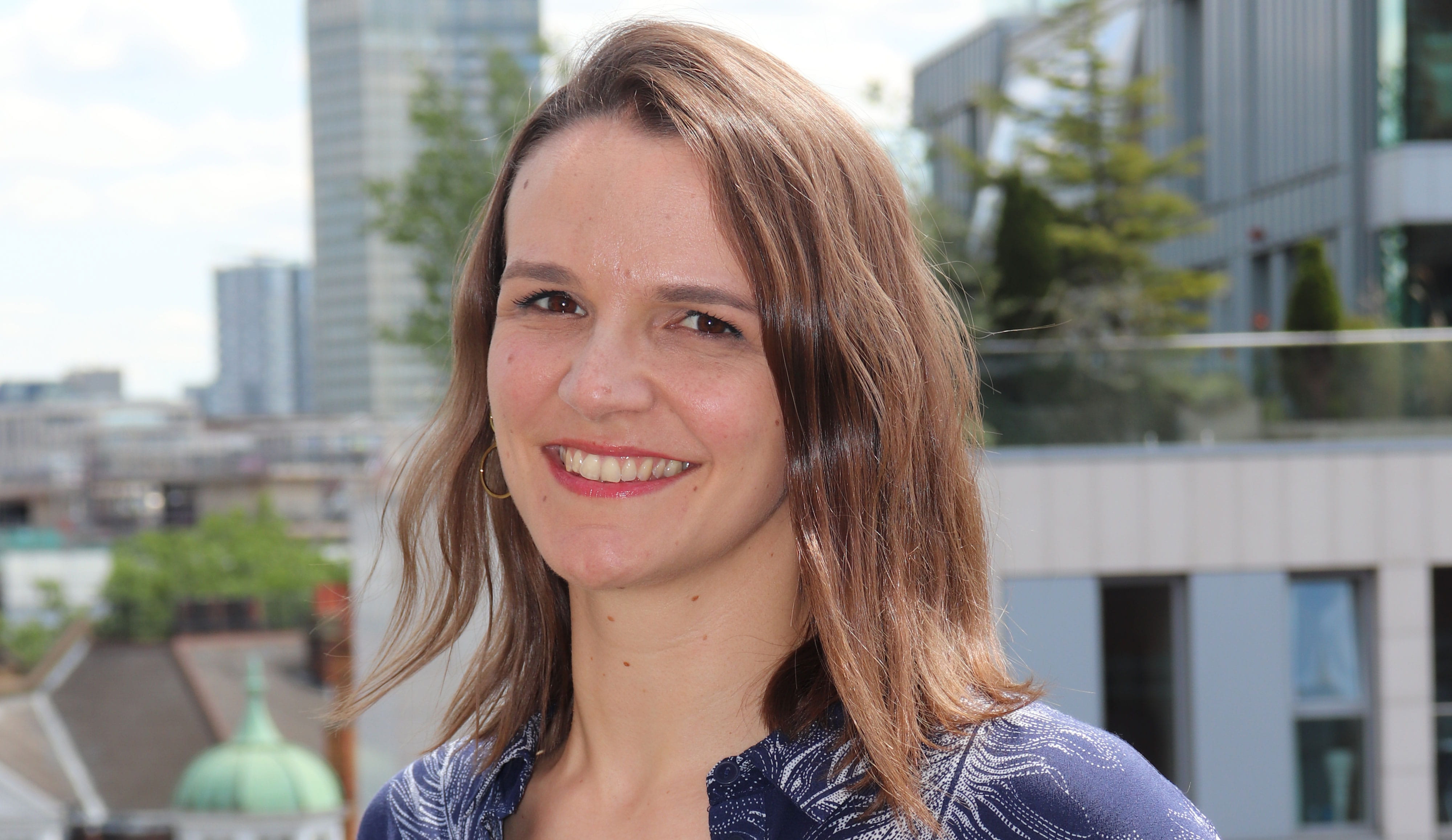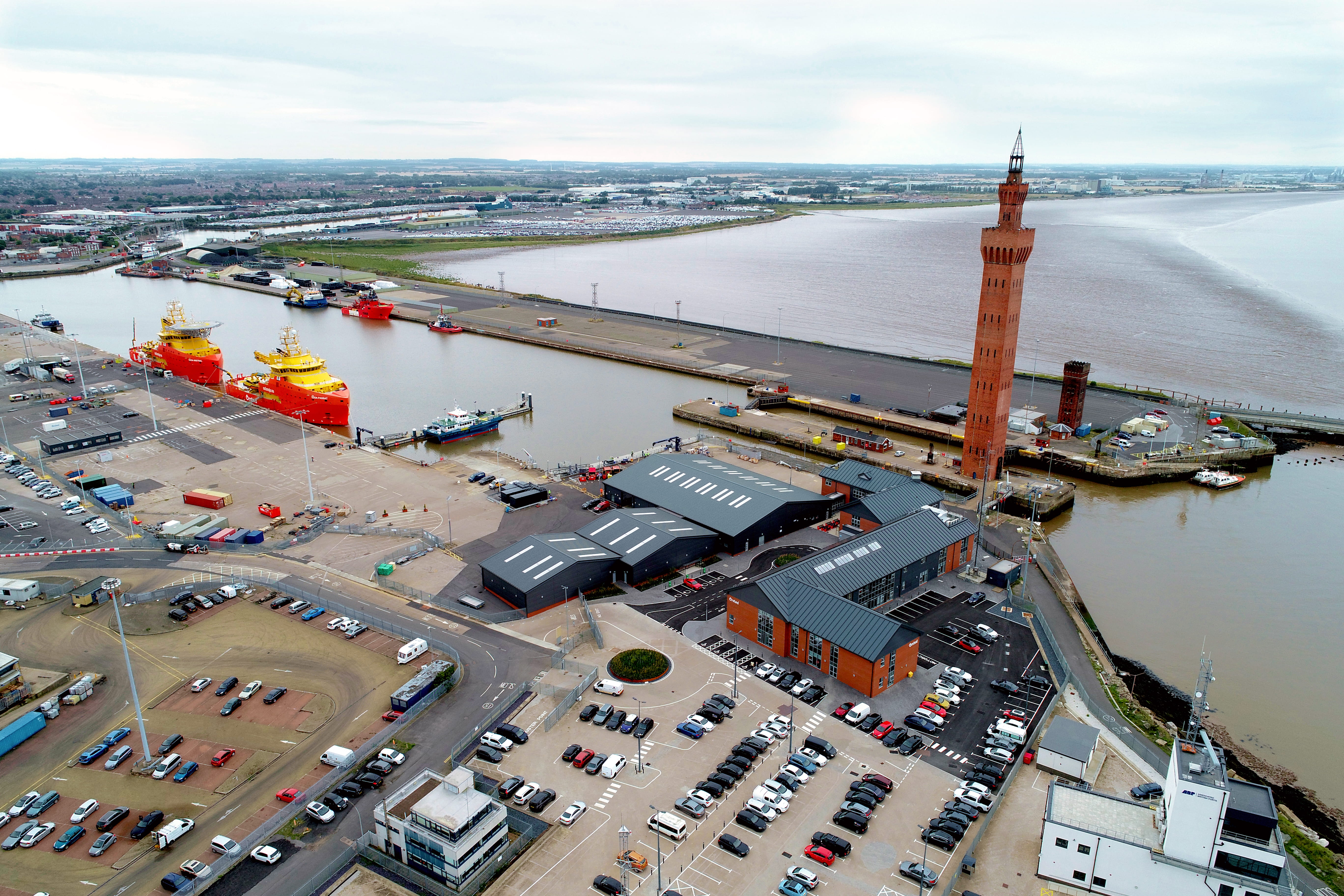“We need to make sure
offshore wind is part of
the solution, not part
of the problem.”
More than 3 billion people rely on the oceans for their livelihood and wellbeing, but they are facing a growing threat from the twin crises of climate change and biodiversity loss.
Offshore wind sits at the nexus of these two challenges: As a source of renewable power, it has a vital role to play in the global transition to green energy – but that must not come at the expense of marine biodiversity.
We need to make sure offshore wind is part of the solution, not part of the problem, if offshore wind is to play its full role in keeping us on track to no more than 1.5 degrees of warming.
We must seize the opportunity to deliver on the energy transition and do it right – in balance with nature and people – leaving nature in better shape than we found it.
As the global leader in offshore wind and the world’s most sustainable energy company, Ørsted is uniquely positioned to help lead the way in tackling these challenges.



